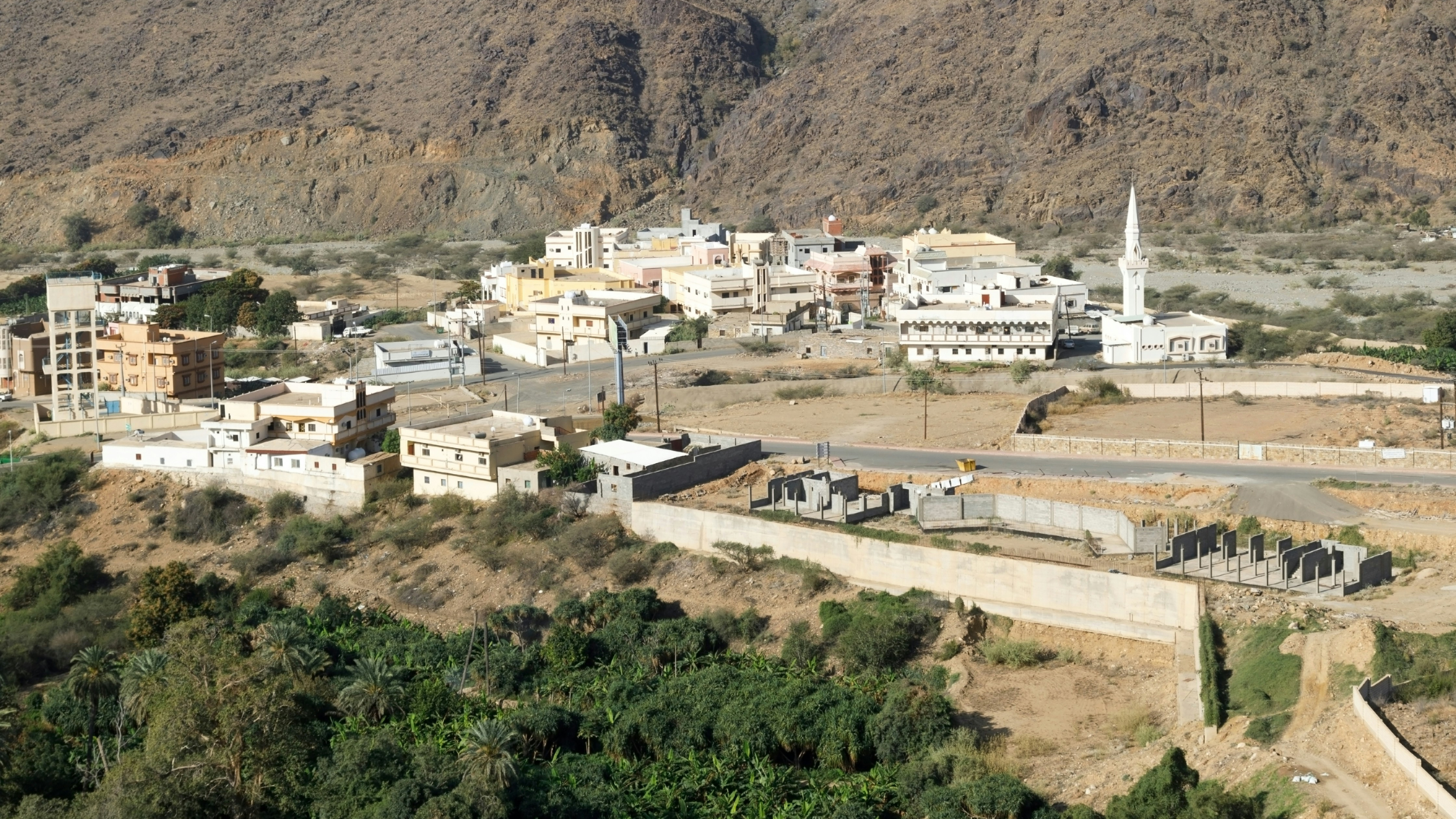Scientists have created a device that can harvest water out of thin air

US scientists have created a device that can suck water from desert air. Image: REUTERS/Charles Platiau
“Water, water, everywhere, Nor any drop to drink.”
It might seem counter-intuitive, but Coleridge's famous line from the Ancient Mariner could also apply to the desert. Even in some of the driest places on earth, the air holds thousands of litres of fresh water that have remained tantalisingly inaccessible. Until now.
Scientists at MIT and the University of California at Berkeley have created a device that can suck water from the air. Even better: it’s solar-powered. So, even in the most remote, arid deserts it can harvest drinking water from the atmosphere. The technique has been recognised as one of the World Economic Forum's top ten emerging technologies of 2017.
Untapped reserves
It’s estimated that there’s around 13 trillion litres of water floating in the air - a huge untapped resource equivalent to about 10% of the world’s freshwater lakes. The device, which uses crystalline powders known as metal organic frameworks, or MOFs, to leach water from the air, is capable of harvesting nearly three litres of water a day for every kilo of sponge-like compound.

Technology is already being used to to extract water from very moist air, including condensation machines and ‘fog harvesting’ - using fine meshes to collect water.
And there are also ways to get water from less damp environments, such as ‘dew harvesting’, which involves gathering water condensed on cooled surfaces. But as well as being energy intensive, this method only works in relative humidities down to about 50%: the MOF-based technology has the potential to work when relative humidity is at 20% - such as in desert environments.
Global benefit
Lack of access to clean water costs the global economy $222 billion a year according to the charity water.org, so the ability to bring a reliable water source to the driest parts of the planet offers huge potential.
The developers say that another major advantage of the porous crystals that make up MOFs is that they can be created by combining different metals with hundreds of different organic compounds. This means that they can be tweaked to suit different environments.
Omar Yaghi, the Berkeley chemistry professor who developed MOFs more than 20 years ago, imagines a world in which every house could have its own freestanding water supply:
“One vision for the future is to have water off-grid, where you have a device at home running on ambient solar for delivering water that satisfies the needs of a household. … To me, that will be made possible because of this experiment. I call it personalized water.”
Don't miss any update on this topic
Create a free account and access your personalized content collection with our latest publications and analyses.
License and Republishing
World Economic Forum articles may be republished in accordance with the Creative Commons Attribution-NonCommercial-NoDerivatives 4.0 International Public License, and in accordance with our Terms of Use.
The views expressed in this article are those of the author alone and not the World Economic Forum.
Stay up to date:
Innovation
Related topics:
Forum Stories newsletter
Bringing you weekly curated insights and analysis on the global issues that matter.
More on InnovationSee all
Awais Ahmed and Srishti Bajpai
November 11, 2025







